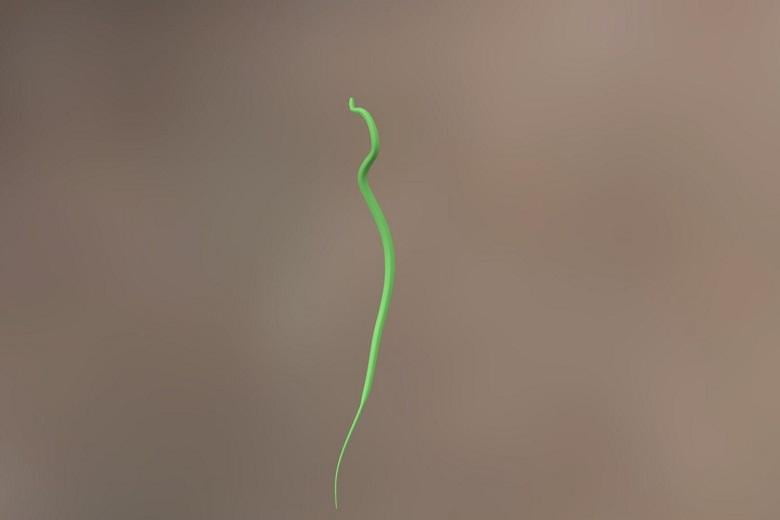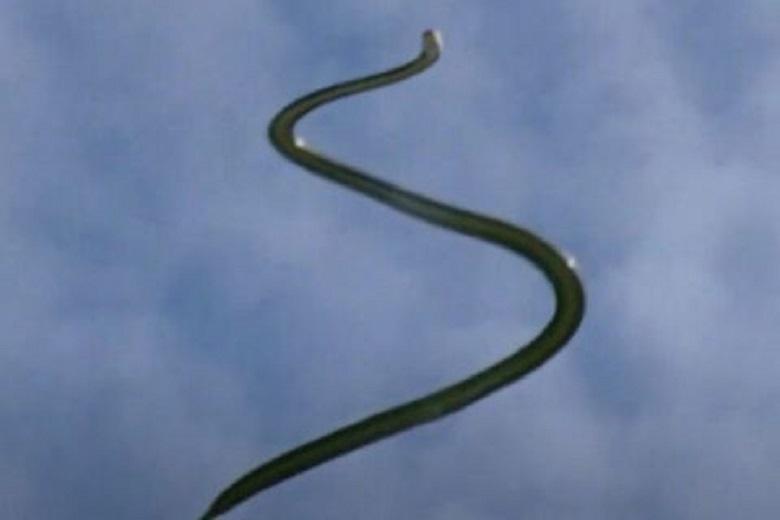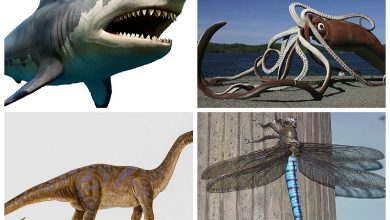The flying snake without wing… How?

Chrysopelea, alias “the flying snake,” twists in the air for simple reasons – to support their flight, stay in motion and travel forward. If they didn’t wiggle, they would simply fall off.
Chrysopelea is a type of snake from the Colubridae family. Flying snakes are slightly venomous, although the venom is only dangerous to their small prey.
Mainly found in South and South-East Asia jungles, these snakes have adapted this method for escaping predators, capturing prey, and saving energy (air transport is faster and more efficient than land transport to save energy).

These snakes, which can measure up to 4 feet, climb to the top of trees using their scales. As they reach the top, they move to the end of the branch to the only part of its body that is in contact
The hanging snake makes J-shape on the branch. This J-shape is then transformed into an S-shape. After this, the creature flattens its abdomen, giving its average cylindrical body a pseudo concave shape.
If you have played with a Frisbee or flying disc, you will be well aware of its shape. It is concave, with the lower side being hollow. The purpose of this shape is simply to provide an aerial lift. Air is trapped in the concave side and causes an increase in air pressure under the disc’s center, causing it to lift to fly. The same is true for some snakes.
Once they leave the branch, the air pressure lifts it. The snake wiggles or glides in its regular serpentine motion to get to a distant tree, pushing its body forward. These two movements help it stay in the air and move to another place simultaneously.

To ensure maximum gliding distance, the snake will suck in its stomach and flare its ribs to turn its body and stabilize its direction in the air for a safe landing. This is why they twist and turn to get where they want to land. Their flights usually last only a few seconds, at a speed of about 25 mph, and they land without injury.
Although very effective, this method is still dangerous, and not all snakes have a chance every time. A bad landing, which is very likely to occur, sometimes results in irreparable injuries that cost the snake its life.

Facts: Flying snakes can glide better than flying squirrels and other “flying animals,” even without limbs or wings.




